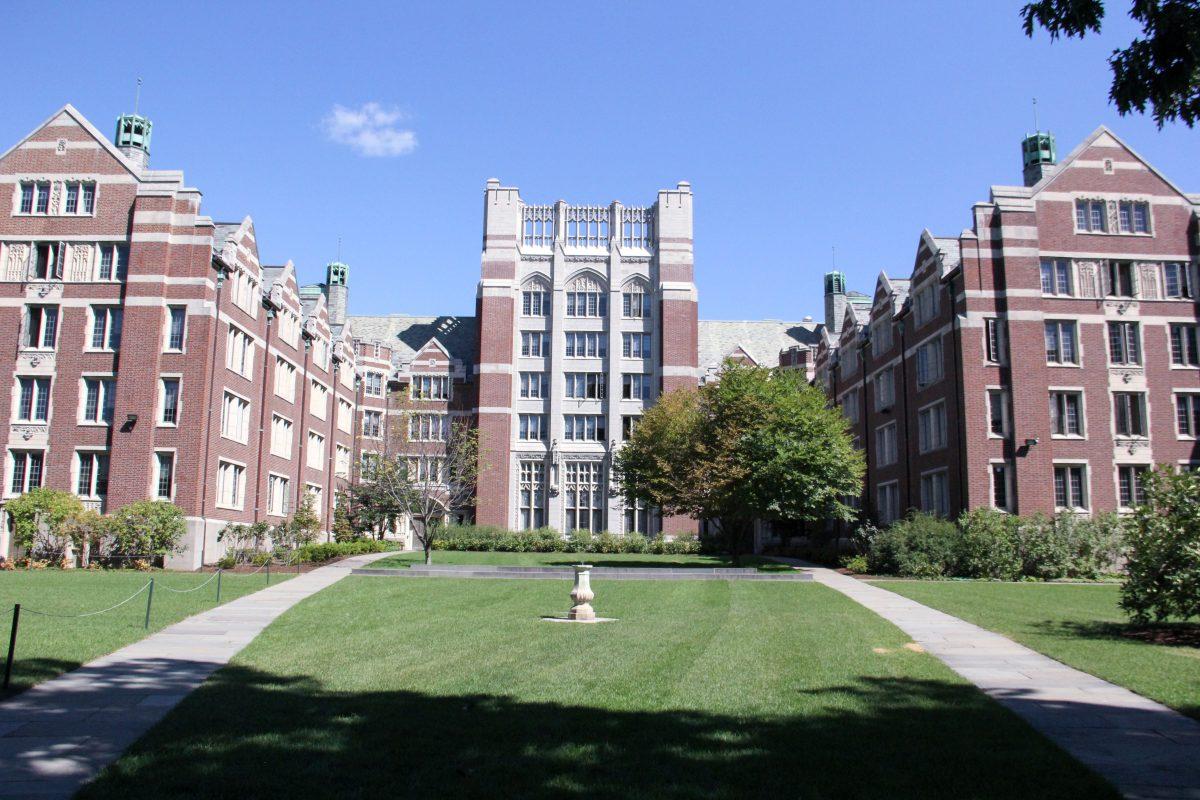Anjali Aralikar ’23 and Clarissa Moore ’23 live less than five miles apart, but the two took drastically different times to return to campus. While Aralikar flew from the Minneapolis-Saint Paul Airport to Logan, a flight time of roughly two and a half hours, Moore drove over three days from her hometown of Richfield to Wellesley.
“I don’t mind road trips, and when I was getting sent home last year I was on the phone with airlines for hours [because] my luggage was too heavy. This year I was afraid of that happening again, so having my car was comforting so I could immediately leave if we got kicked out,” Moore said. “You can also bring more stuff with a car … if you live far away, you’re limited in terms of larger or heavier items.”
To mitigate any risk of contracting COVID-19, Moore avoided stopping at areas without strict mask and social distancing laws, and ate only pre-prepared food she had brought from home. She spent one night in a hotel in Ohio and planned to spend the second in east New York, but her plans were delayed after her car broke down south of Buffalo and she was forced to take a detour to Ithaca for the night.
“When I tell the story now I think it’s funny, [but] at the time it was horrifying because I thought I would be stranded and the whole ordeal cost me hundreds of dollars,” Moore said. “This was the car I bought when I was 16 and it was gone forever … [and] I didn’t know how I would bring some of my heavier stuff back.”
Moore arrived at campus an hour after her scheduled arrival time in a rental car. At first, she was worried that her delay would result in serious consequences from the school, but found that school policy was more lax than she had expected, allowing her to successfully check in.
Loey Bull ’23 set out in a car from Chicago on Aug. 24 at 7 a.m. CST and arrived on campus 15 hours later, stopping only in Pennsylvania and Western Massachusetts for gas. Like Moore, Bull normally traveled to campus by plane, but decided to drive this year in case Wellesley went remote for the semester and sent students home with little warning beforehand.
“I overpacked even though we were told not to. I just felt comfortable in my car … knowing my stuff was in my care and that I didn’t have to pack in a suitcase and give to someone else. It felt more secure,” Bull said. “I think it really wasn’t as bad as I thought it would. I might continue to drive to campus in the future.”
In contrast, students without cars faced limited transportation options, with little choice but to pack the bare minimum.
Lisako Koga ’23, from New York, was one of the few students who opted for public transportation. For Koga, choosing the Amtrak was easy; a plane ticket from New York to Boston cost around $250, in comparison to a $30 Amtrak ticket. However, the long hours and safety concerns made the journey from the Amtrak station to Wellesley a taxing one. After taking a six hour train to Boston, Koga transferred to a commuter rail train and then walked a mile back to campus.
“I packed everything beforehand so I only had two carry ons and two suitcases. I thought of taking an Uber back to campus, but I was worried about contracting COVID,” Koga said. “Though I wouldn’t call it a bad trip overall, [when] I took the walk … the weather was very hot and it was exhausting. ”
For domestic students further away, a plane was often the only open option for transportation. For Raine Higa ’23, who lives in Hawaii, no direct flight to Boston was available. Instead, she made a grueling journey of over 20 hours with two transfers and a five hour layover in San Francisco.
To protect herself from COVID-19, Higa wore a KN95 mask with a cloth mask and a visor on top. The getup was uncomfortable and stifling, and made it difficult to rest; upon arriving on campus, Higa had only slept for an hour throughout her entire trip.
“I took an Uber that dropped me off at the College Club where I got tested, so I had to transport all my luggage from College Club to my dorm [by myself] which was extremely exhausting because no one could help me,” Higa said.
Despite the obstacles and difficulties of returning to campus, most agreed that the benefits of in-person classes outweighed the risks of travel.
“I missed in-person classes and I think [they are] more interactive than the remote ones,” Aralikar said. “I trust the college because I believe the president and the other faculties are making the best decision with the current situation they have. They are doing the most that they can protect the entire community.”
However, students worry about possible outbreaks on campus, such as the cluster in Worcester tied to an off-campus college party at Holy Cross University on Aug. 29.
“I’m worried … there are always some who won’t follow the rules and go to parties,” said Higa. “A few of them can make all of us go home.”






